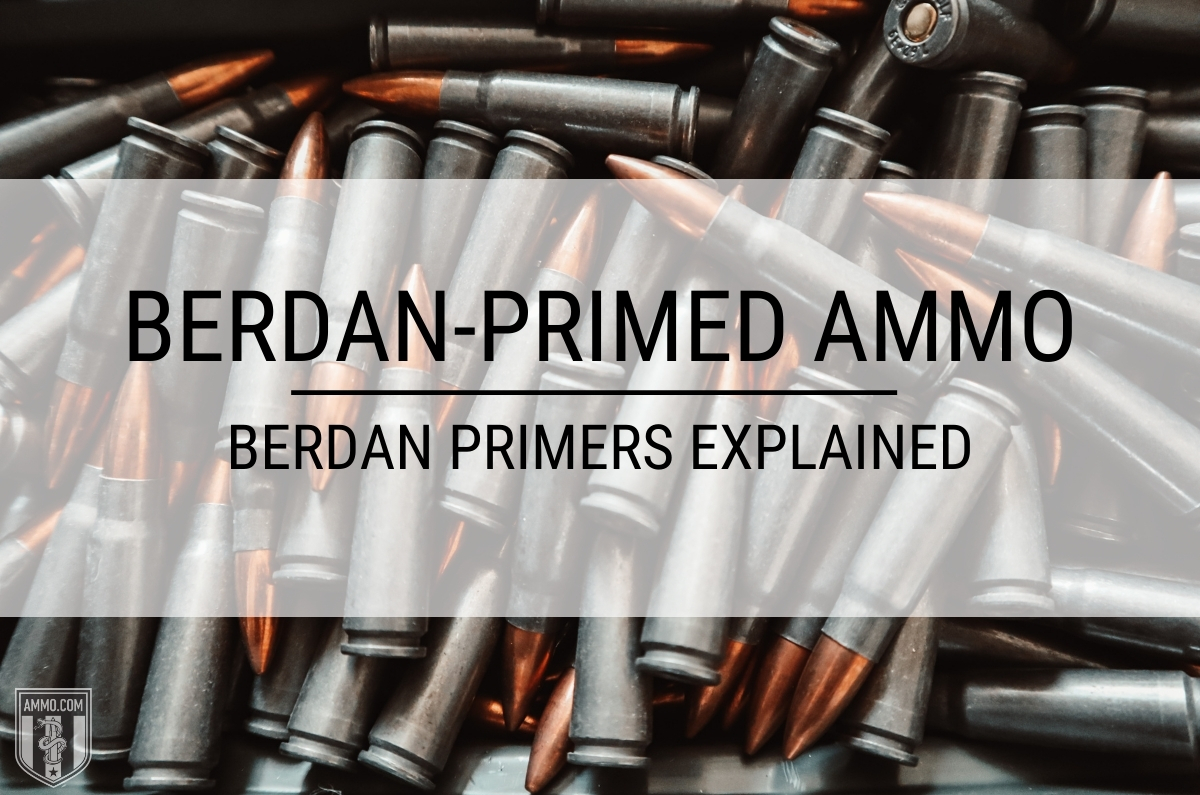Everything about Reloading Primers
Table of ContentsOur Primers For Sale PDFsThe Only Guide to Primers In StockHow Winchester Primers can Save You Time, Stress, and Money.Rifle Primers Things To Know Before You BuyThe Only Guide for Pistol Primers
Some muzzleloaders have guides like cap weapon caps. https://relodprim3rs.weebly.com.
Instances include handgun cartridges, rifle cartridges, and shotgun coverings. Larger weapons items in comparison normally make use of electrical priming. In artillery the guides are often a different part, placed inside the barrel to the rear of the primary propellant chargebut there are various other instances of weapons, consisting of for instance some automatic tools, designed to fire cartridges with important electric primers.
Primers In Stock for Dummies

With the introduction of hand-held guns, this became an unfavorable way of shooting a weapon. Holding a burning stick while trying to put a cost of black powder meticulously down a barrel is harmful, and also attempting to hold the gun with one hand while concurrently aiming at the target as well as looking for the touchhole makes it extremely tough to fire properly. The initial effort to make the process of shooting a small arm much easier was the "matchlock".
The match was a slow-burning fuse made of plant fibers that were soaked in a service of nitrates, charcoal, and also sulfur, as well as dried out (https://disqus.com/by/disqus_pVMqpnzbjb/about/). This "slow-match" was ignited before the weapon was required, and it would gradually burn, keeping a warm ash at the burning end. After the weapon was packed and also the touchhole keyed with powder, the burning tip of the match was placed to ensure that the lock would bring it right into call with the touchhole.
An Unbiased View of Remington Primers
This brought the suit down to the touchhole, igniting the powder. With careful focus, the slow-burning match can be kept burning for extended periods of time, and making use of the lock device made rather precise fire possible. The following revolution in ignition modern technology was the "wheel-lock". It made use of a spring-loaded, serrated wheel which rubbed versus an item of iron pyrite, similar to a modern-day lighter.
The protected flashpan likewise gave some capacity to withstand bad climate. The wheel-lock appreciated only a quick period of appeal prior to being superseded by a simpler, extra durable layout.
Not known Details About Reloading Primers
As the name implies, the flintlock used flint instead than iron pyrite. The flint was kept in a spring-loaded arm, called the "dick" from the resemblance of its activity to a pecking hen. The dick rotated with roughly a 90-degree arc and also was held in the tensioned, or "cocked" placement by a trigger. https://my.weezevent.com/reloading-primers.
The "half-cock" setting held the penis midway back, and also made use of a deep notch to make sure that drawing the trigger would not launch the penis. Half-cock was a security placement, used when filling, keeping or bring a packed flintlock. The "full-cock" placement held the penis completely back and also was the placement where the gun was terminated.
It worked as both a flashpan cover hop over to here and a steel striking surface area for the flint. The frizzen was pivoted as well as spring-loaded to ensure that it would secure in the open or closed placement. When closed, the striking surface area was placed so that the flint would strike at the proper angle to generate a stimulate.
Winchester Primers - Questions
The flintlock device was easier as well as more powerful than the wheel-lock, and the flint and also steel provided a good, trustworthy resource of ignition. The flintlock stayed in army solution for over 200 years, as well as flintlocks are still made today for historical re-enactments and muzzle-loading target competition, and also for seekers that take pleasure in the added challenge that the flintlock offers.
Percussion ignition was developed by Scottish clergyman Rev. Alexander John Forsyth in 1807 however needed additionally refinements prior to it was slowly accepted in the 1820s to 1830s. By the center of the 19th century, the percussion or caplock system was well developed. It was embraced by both sides in the American Civil War, as it was simpler and a lot more dependable than the flintlock.
The flashpan as well as frizzen were eliminated as well as replaced by a tiny, hollow horizontal cyndrical tube (drum) screwed right into the bored-out and tapped flash opening and lugging a "nipple" over which the cap could be fitted. A "hammer" which also had half-cock (for filling as well as applying the cap) and full-cock settings replaced the cock.